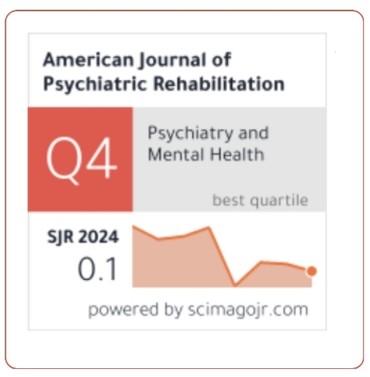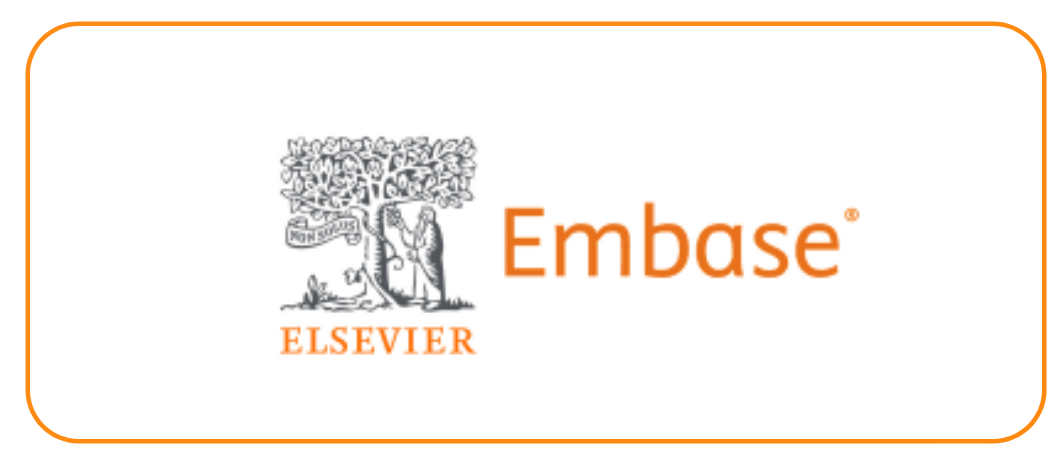The Role of Physical Therapy in Improving Movement and Balance in Children with Cerebral Palsy; Systematic Review
DOI:
https://doi.org/10.69980/ajpr.v28i5.551Keywords:
Cerebral palsy, physical therapy, balance, movement, neurodevelopmental therapy, virtual rehabilitation, pediatric physiotherapyAbstract
Cerebral palsy (CP) significantly impairs movement and balance in children. Physical therapy (PT) is a foundational approach to managing motor deficits, yet there remains variability in evidence regarding its effectiveness.
Objective: This systematic review aims to evaluate the role of various physical therapy interventions in improving movement and balance among children with CP.
Methods: A systematic search was conducted across databases including PubMed, Google Scholar, and Scopus for studies published between 2005 and 2023. Studies were selected based on relevance to PT interventions in children with CP. Only quantitative studies were included. Risk of bias was assessed using PEDro and JBI tools. Data extraction focused on intervention type, outcome measures, and functional improvements.
Results: Twenty studies met inclusion criteria, including randomized controlled trials, quasi-experiments, pilot studies, and systematic reviews. Traditional therapies such as neurodevelopmental therapy and task-specific training improved gross motor function. Technology-driven interventions, particularly Wii-based therapy and serious games, showed substantial improvements in dynamic balance and engagement. Early intervention, core training, and biofeedback-supported strategies produced significant gains in posture and gait regulation.
Conclusions: Physical therapy remains essential in pediatric CP rehabilitation, especially when therapy is initiated early and involves interactive, balance-focused tasks. Multimodal and engaging interventions appear to yield superior functional outcomes. Future research should aim for standardization in protocols and outcomes.
References
1. Abd El-Kafy, E. M., & El-Basatiny, H. M. Y. M. (2014). Effect of postural balance training on gait parameters in children with cerebral palsy. Am J Phys Med Rehabil.
2. Akbari, A., et al. (2009). The effects of functional therapy on motor development in children with cerebral palsy.
3. Ali, M. S., et al. (2019). Effect of two therapeutic interventions on balance in children with spastic cerebral palsy: a comparative study.
4. Anttila, H., et al. (2008). Effectiveness of physical therapy interventions for children with cerebral palsy: a systematic review. BMC Pediatr, 8, 14. https://doi.org/10.1186/1471-2431-8-14
5. Bonnechère, B., Omelina, L., & Jansen, B. (2017). Balance improvement after physical therapy training using specially developed serious games for cerebral palsy children. Disabil Rehabil.
6. Cortés‐Pérez, I., et al. (2021). Nintendo Wii Balance Board therapy for postural control in children with cerebral palsy: A systematic review and meta‐ analysis. Developmental Medicine & Child Neurology, 63(3), 268–280.
7. Cortés‐Pérez, I., et al. (2021). Nintendo Wii Balance Board therapy for postural control in children with cerebral palsy: a systematic review and meta‐analysis.
8. Das, S. P., & Ganesh, G. S. (2019). Evidence-based approach to physical therapy in cerebral palsy. Indian J Orthop, 53(1), 20–34.
9. Dewar, R., et al. (2015). Exercise interventions improve postural control in children with cerebral palsy: a systematic review.
10. Eliso, M. (2017). Effects of early regular physical therapy treatment on gross motor function of children with cerebral palsy. J Phys Educ Sport.
11. El-Shamy, S. M., & Abd El-Kafy, E. M. (2014). Effect of balance training on postural balance control and risk of fall in children with diplegic cerebral palsy. Disabil Rehabil.
https://doi.org/10.3109/09638288.2013.833312
12. Emara, H. A. (2015). Effect of a new physical therapy concept on dynamic balance in children with spastic diplegic cerebral palsy. Egypt J Med Hum Genet.
13. Franki, I., et al. (2012). The evidence-base for basic physical therapy techniques targeting lower limb function in children with cerebral palsy.
14. Gunel, M. (2009). Rehabilitation of children with cerebral palsy from a physiotherapist’s perspective. Acta Orthop Traumatol Turc.
15. Harris, S. R., & Roxborough, L. (2005). Efficacy and effectiveness of physical therapy in enhancing postural control in children with cerebral palsy. Neurorehabil Neural Repair, 19(2), 229–241.
https://doi.org/10.1155/NP.2005.229
16. Khan, A., & Khan, A. A. (2017). Role of exercises in improving static, dynamic and functional balance in cerebral palsy. Pak J Rehabil. [Citation]
17. Lightsey, P., et al. (2021). Physical therapy treatments incorporating equine movement. J NeuroEngineering Rehabil.
18. O’Neil, M. E., et al. (2006). Physical therapy clinical management for spastic diplegia.
19. Palmer, F. B., et al. (1988). The effects of physical therapy on cerebral palsy. N Engl J Med, 318, 803–808.
20. Tarakci, D., Ozdincler, A. R., & Tarakci, E. (2013). Wii-based balance therapy to improve balance function of children with cerebral palsy: a pilot study. J Phys Ther Sci, 25(9), 1123-1127.
https://doi.org/10.1589/jpts.25.1123
21. Trevlaki, E., et al. (2022). Physical Therapy Treatment in Children with Cerebral Palsy. Int J Physiother Res.
Downloads
Published
Issue
Section
License
Copyright (c) 2025 American Journal of Psychiatric Rehabilitation

This work is licensed under a Creative Commons Attribution 4.0 International License.
This is an Open Access article distributed under the terms of the Creative Commons Attribution 4.0 International License permitting all use, distribution, and reproduction in any medium, provided the work is properly cited.









